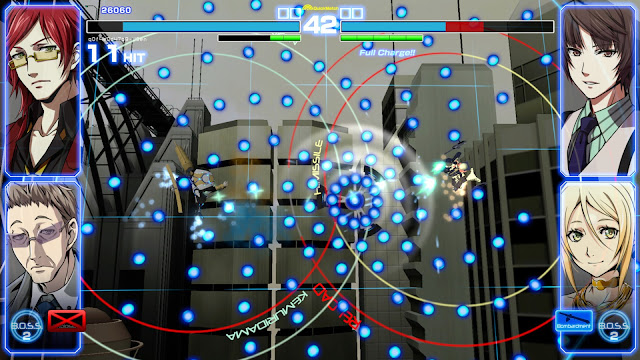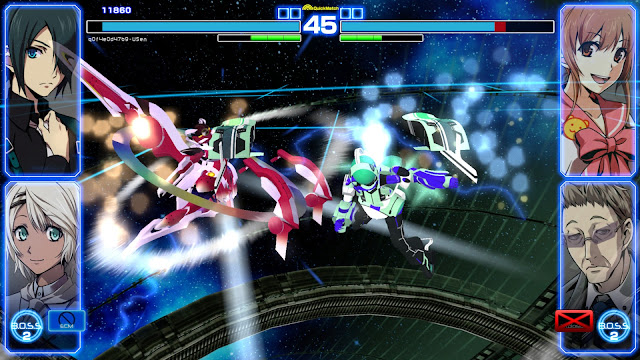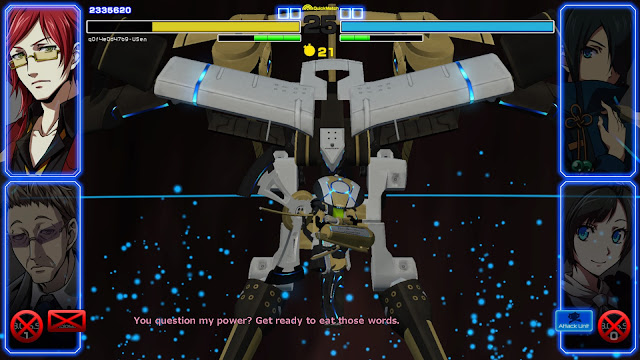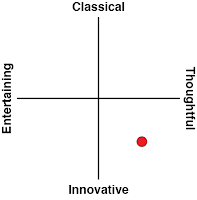– Clark A.
Anime Editor
Latest Articles
There is something special about Japanese horror, so any new Japanese horror game is worth keeping…
Richly atmospheric, retro-inspired point-and-click adventure game Casebook 1889 – The Leipzig Murders transports players to a…
Even if you don’t know the name FuRyu, you may be familiar with some of its…
Amongst the pantheon of games, if you ask DigitallyDownloaded.net editor, Matt, which is the greatest, he’ll…
I’ve played some great games that use in-game smartphone mechanics; for example, I love 2017’s A…














